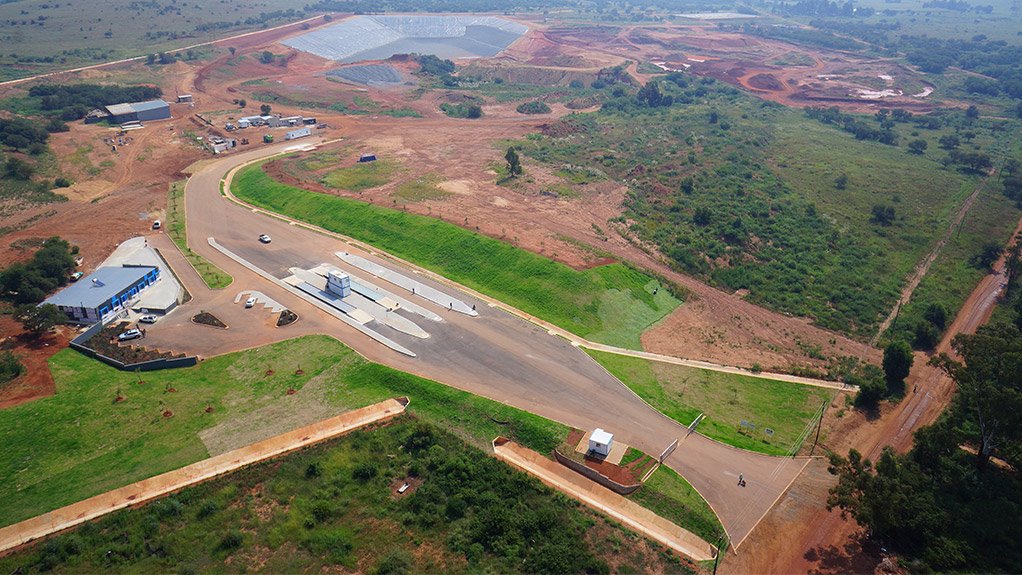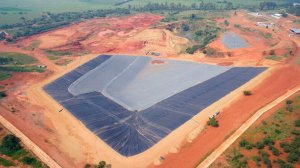- 62066_averda_pr.pdf (0.61 MB)
/ MEDIA STATEMENT / This content is not written by Creamer Media, but is a supplied media statement.
Johannesburg – A R250-m hazardous waste management plant – built to comply with stringent new environmental guidelines, and the first new hazardous waste landfill site in South Africa in 20 years - has been opened in Vlakfontein, in the Vaal Triangle, by global waste-management company, Averda.
The significant foreign direct investment has been made through Averda’s acquired local subsidiary, Wasteman, and marks the entry into the country of the Dubai-based, integrated waste-management firm which operates in 13 countries on three continents.
The new Vlakfontein site is in South Africa’s petrochemical industrial heartland, and uses the latest international best practice in landfill engineering as well as complying with South Africa’s Waste Classification and Management Regulations of 2013.
“Hazardous waste volumes are increasing enormously because of development and expansion in industrial and mining areas of the inland regions. The Vlakfontein landfill site is urgently needed and will alleviate the shortage of fully compliant disposal facilities for hazardous waste in South Africa,” says Malek Sukkar, Chief Executive Officer of Averda.
A few examples of the waste that will be treated at Vlakfontein:
- mine tailings;
- waste streams from the petrochemical industry, e.g. caustic scrubber waste;
- spent catalyst;
- various oil and fuel sludge streams;
- fuel or oil-contaminated absorbent material from spillages;
- heavy metal waste from the electroplating industry;
- paint sludge waste from paint manufacturing or the automotive industry; and
- redundant food stuff from the food industry.
Sukkar says a strict hazardous waste acceptance procedure at Vlakfontein complies with the Waste Classification and Management Regulations of 2013, and the site-specific permit restrictions.
All hazardous waste is screened before it is accepted. Some of the pre-landfilling treatment methodologies that will be practiced include:
- pH controlled immobilisation of toxic, amphoteric, heavy metals;
- immobilisation of volatile heavy metals such as mercury;
- immobilisation of certain organics via adsorption;
- neutralisation of corrosive material;
- stabilisation of liquid streams;
- ash-blending of flammable streams to reduce component volatilisation; and
- reduction of oxidising materials.
The purpose-built landfill was built with a Class A liner (barrier), consisting of several layers of compacted clay and two high-density polyethylene geomembrane liners with built-in leakage detection and drainage layers. The excavation method used to shape the cell is different from the traditional excavator and articulated tippers. Equipment normally associated with dam construction was used to shape the cell and to carry out the bulk earth work. The Vlakfontein site has an anticipated lifespan of 30 years and an overall capacity of 6 500 000m².
For further information or a possible site visit, call 0861 AVERDA (283 732) or e-mail jsmal@wasteman.co.za.
Edited by: Creamer Media Reporter
EMAIL THIS ARTICLE SAVE THIS ARTICLE
To subscribe email subscriptions@creamermedia.co.za or click here
To advertise email advertising@creamermedia.co.za or click here















